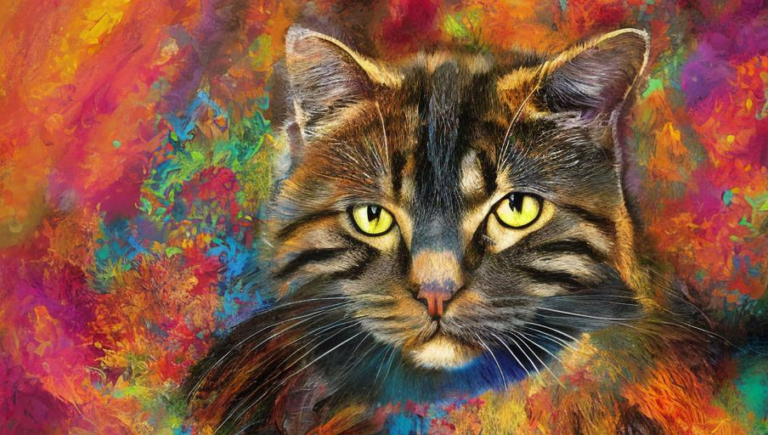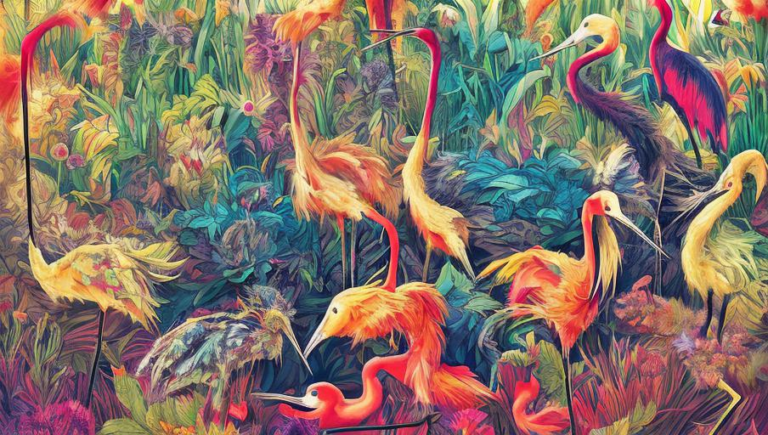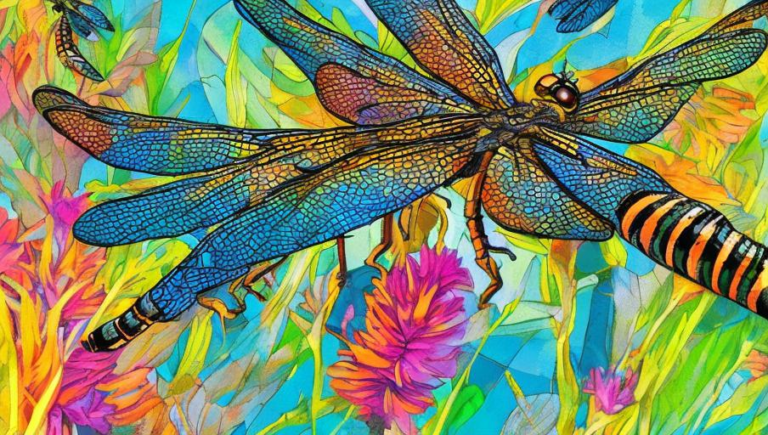What Does the Future Hold for Chamois?

Chamois: A Species of Mountain-Dwelling Antelopes
Chamois are a species of antelopes that live in the mountainous regions of Europe, Asia, and North Africa. These animals are well adapted to the mountainous terrain, with strong hooves and a thick coat of fur to protect them from the cold. Their diet consists primarily of grasses, shrubs, and herbs, as well as small insects, which they can find in the rocky crevices of their mountain homes. Although they can reach speeds of up to 40 kilometers an hour, they mainly prefer to climb and travel around on rocks.
Threats to Chamois Populations
Unfortunately, chamois populations are under threat due to increased human activity in their habitats. The construction of roads, ski resorts, and other infrastructure projects can lead to the destruction of their habitat and the introduction of predators. Additionally, poaching and illegal hunting are also serious threats to chamois populations. As a result, some populations have declined drastically over the past few decades.
Conservation Efforts to Protect Chamois
Fortunately, there are conservation efforts being taken to protect chamois and their habitats. In Europe, there are national parks and wildlife reserves that have been established to protect chamois, as well as other species of animals in the region. Additionally, there are also international organizations that are dedicated to protecting and preserving chamois populations. These organizations often work with local communities to ensure that their activities do not damage the natural environment.
What Does the Future Hold for Chamois?
It is difficult to predict what the future holds for chamois, as their populations are largely dependent on the protection of their habitats. However, with the continued efforts of conservationists and the support of local communities, there is hope that chamois populations can be saved from the threats they are facing. Through education and awareness, people can learn to appreciate and protect these animals, and ensure that they have a future in the wild.





